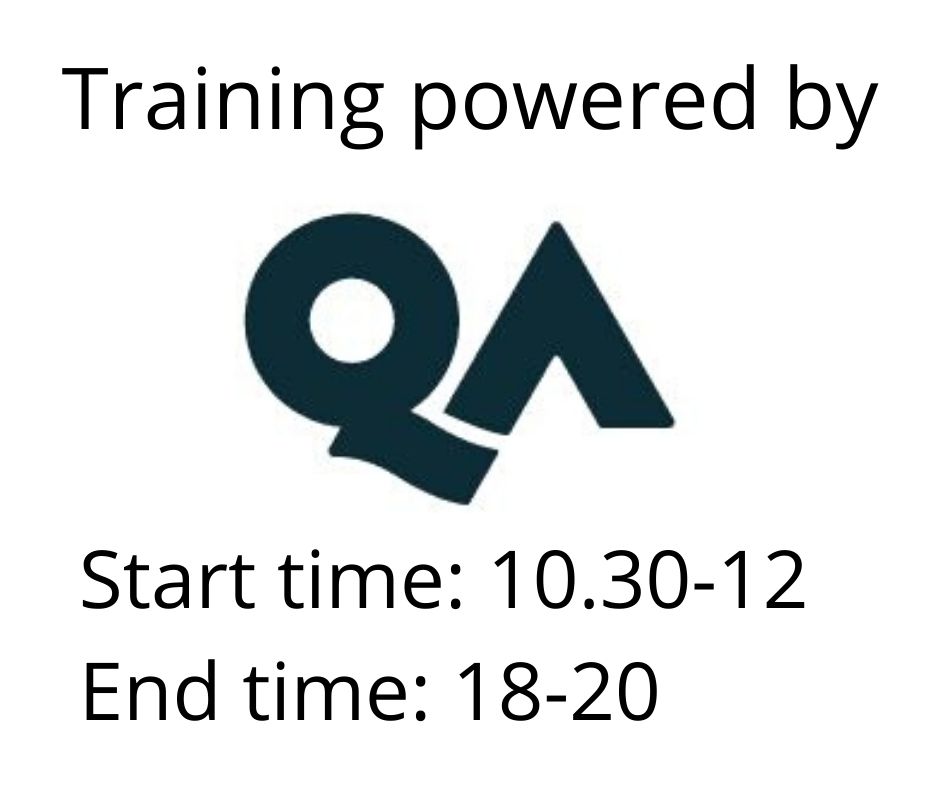Microsoft Security, Compliance, and Identity Fundamentals
Koulutusmuoto
Remote
Kesto
1 päivä
Hinta
1015 €
This course is targeted to those looking to familiarize themselves with the fundamentals of security, compliance, and identity (SCI) across cloud-based and related Microsoft services.
This is a broad audience that may include business stakeholders, new or existing IT professionals, or students who have an interest in Microsoft security, compliance, and identity solutions.
Candidates should be familiar with Microsoft Azure and Microsoft 365 and want to understand how Microsoft security, compliance, and identity solutions can span across these solution areas to provide a holistic and end-to-end solution.
Part of the requirements for: Microsoft Certified: Security, Compliance, and Identity Fundamentals
Accessing your courseware and registering attendance with Microsoft
To access your Official Curriculum (MOC) course materials you will need a Microsoft.com/Learn account. In Learn you will also be able to register your completion of the event and receive your achievement badge. You will be issued with a unique code during your event.
Candidates should be familiar with Microsoft Azure and Microsoft 365.
Important:
Multi-factor authentication (MFA) requirements: For security purposes Microsoft require MFA for access to the Microsoft 365/Dynamics 365 tenants used for this course. As such, you will be need to have a mobile device available upon which you will set up the free of charge Microsoft Mobile phone authenticator App which can be downloaded here with details on how to sign in here
- Module 1: Describe security and compliance concepts
- Module 2: Describe identity concepts
- Module 3: Describe the function and identity types of Microsoft Entra ID
- Module 4: Describe the authentication capabilities of Microsoft Entra ID
- Module 5: Describe access management capabilities of Microsoft Entra ID
- Module 6: Describe the identity protection and governance capabilities of Microsoft Entra
- Module 7: Describe core infrastructure security services in Azure
- Module 8: Describe the security management capabilities in Azure
- Module 9: Describe security capabilities of Microsoft Sentinel
- Module 10: Describe threat protection with Microsoft Defender XDR
- Module 11: Describe Microsoft’s Service Trust portal and privacy capabilities
- Module 12: Describe the compliance management capabilities in Microsoft Purview
- Module 13: Describe information protection, data lifecycle management, and data governance capabilities in Microsoft Purview
- Module 14: Describe the insider risk capabilities in Microsoft Purview
- Module 15: Describe the eDiscovery and Audit capabilities in Microsoft Purview
Please note that whilst this course is aligned to the equivalent Microsoft Exam it may not contain all information required to pass the exam. As per Microsoft guidance, further self study and hands on experience is recommended in addition to attendance of this course.



